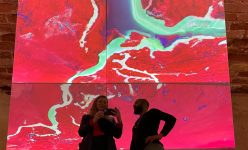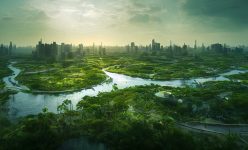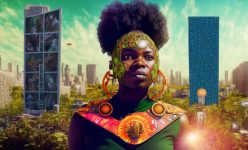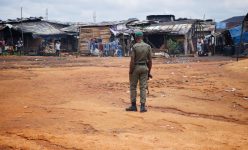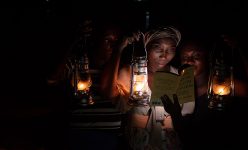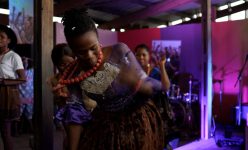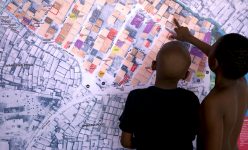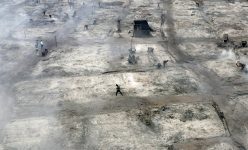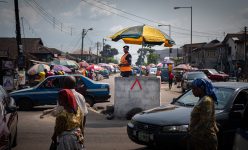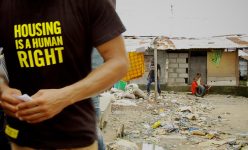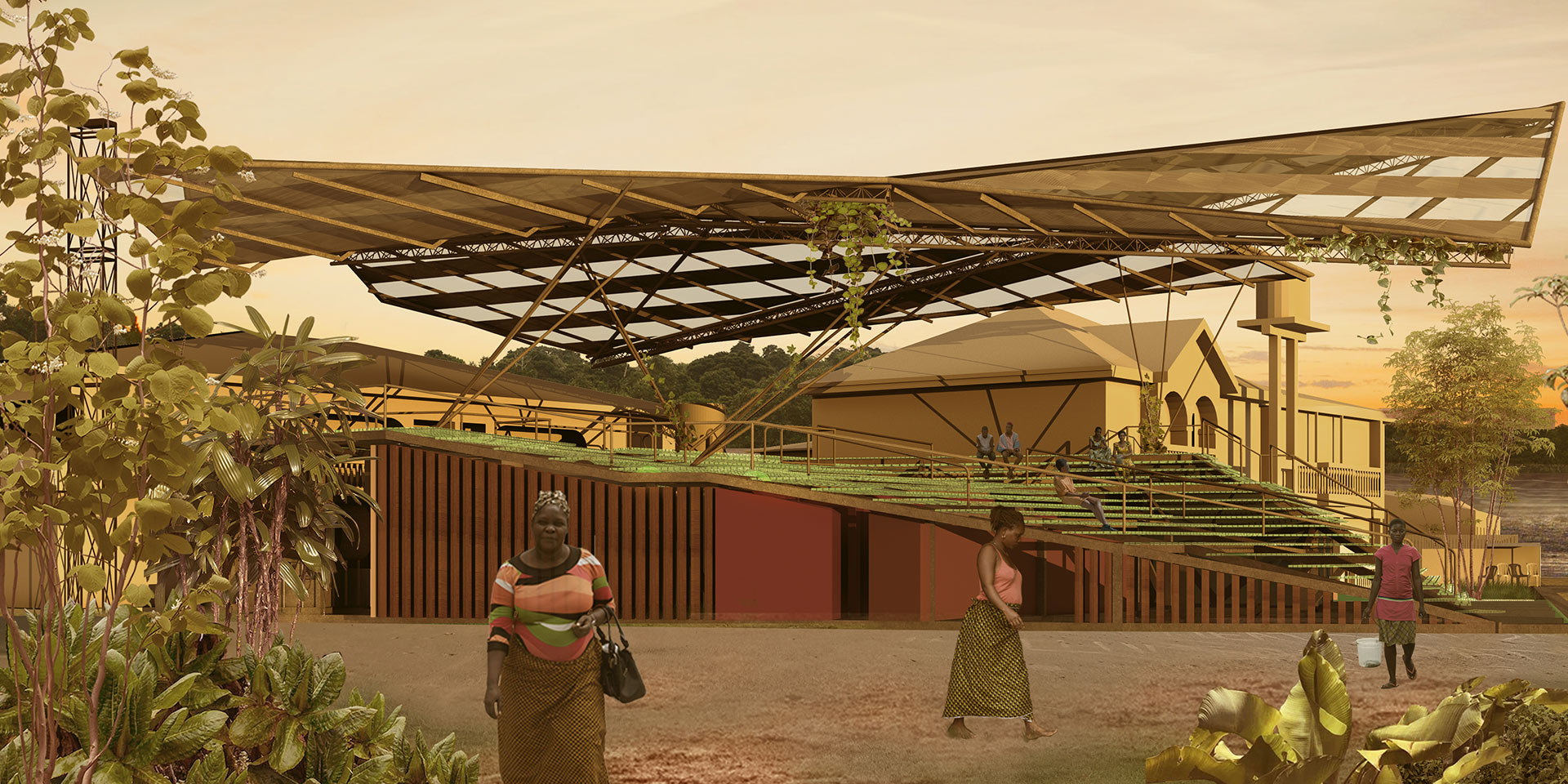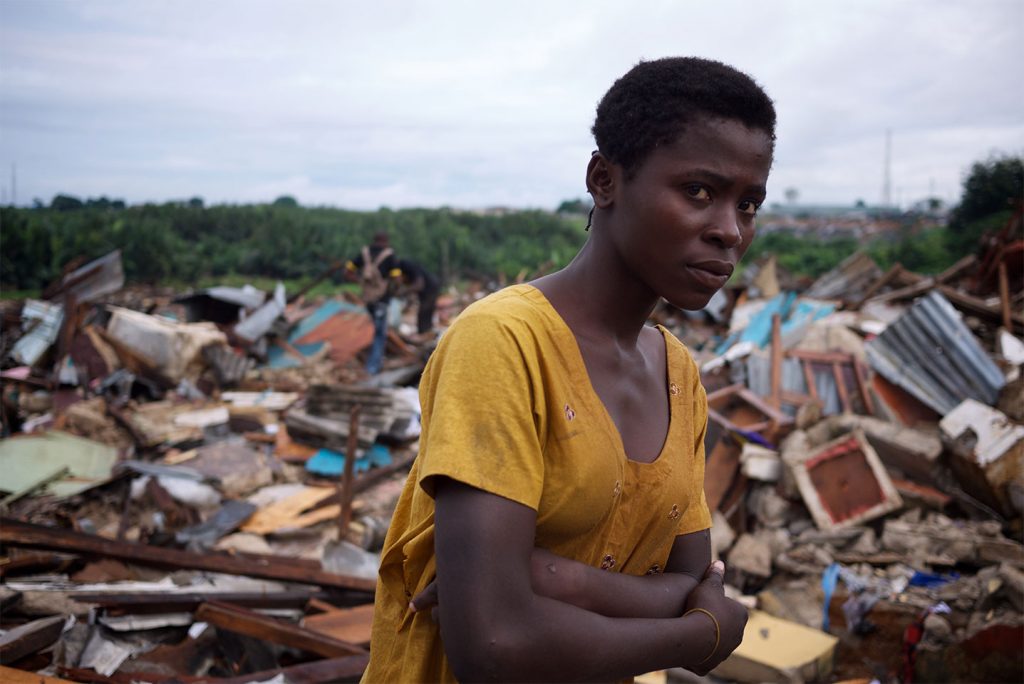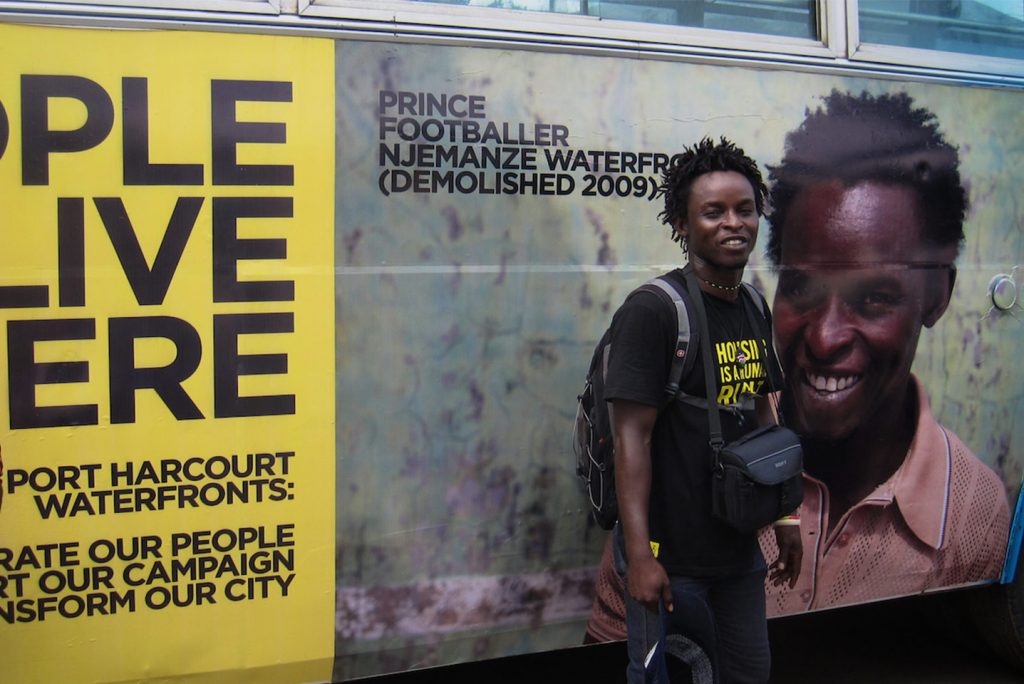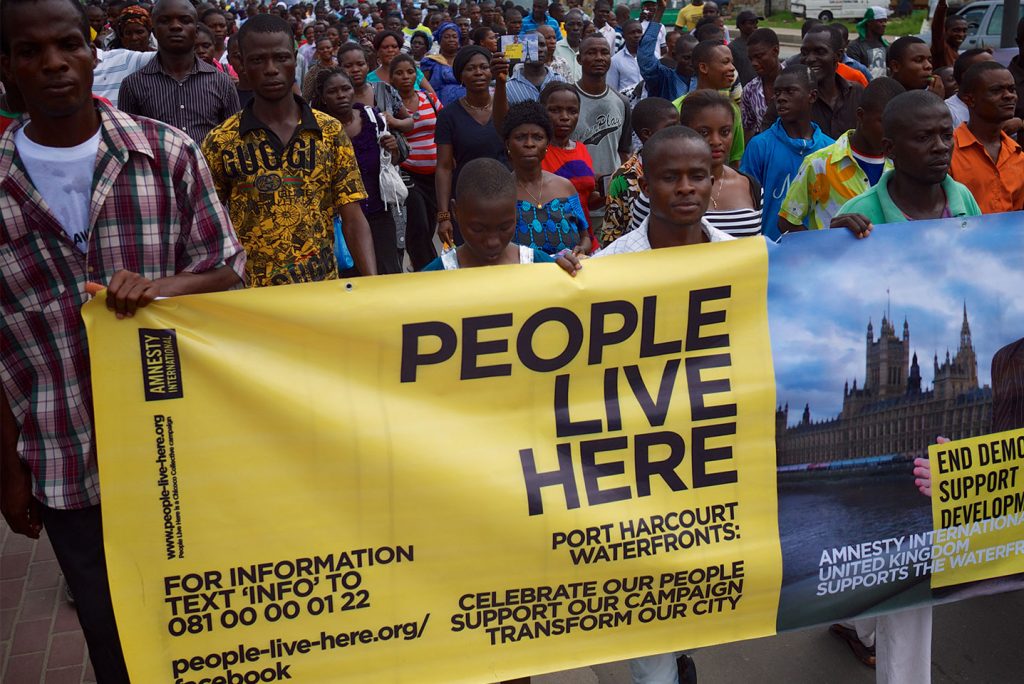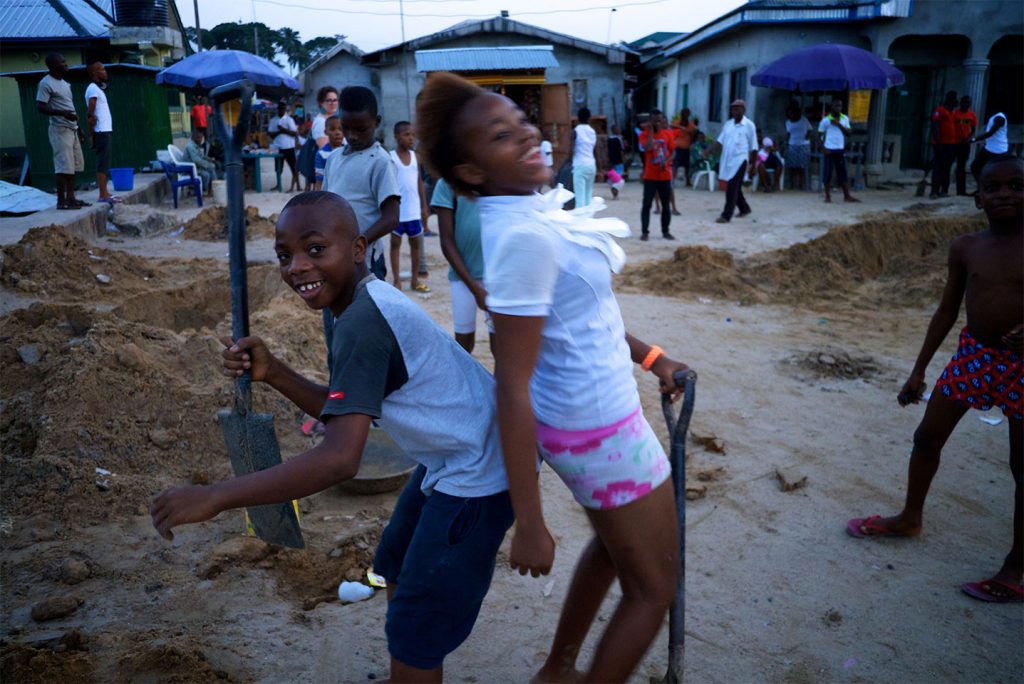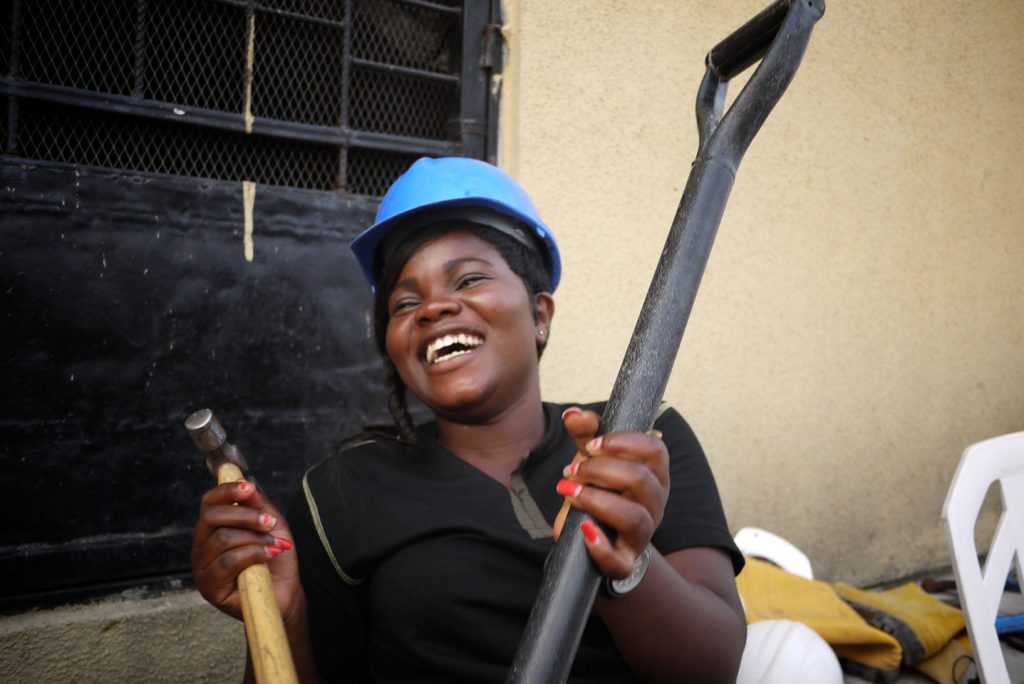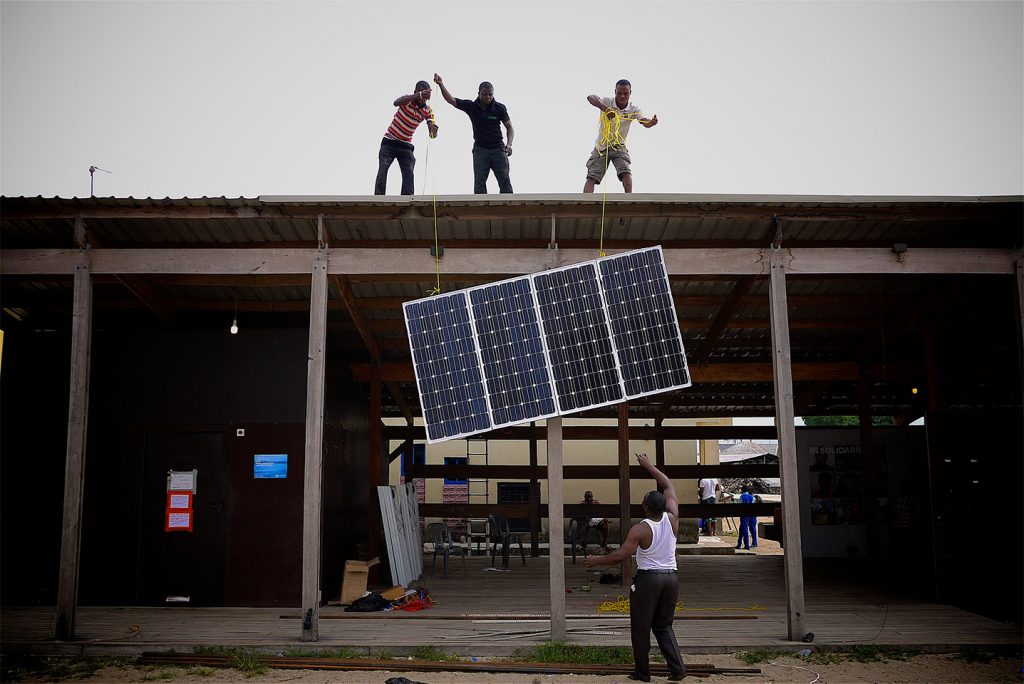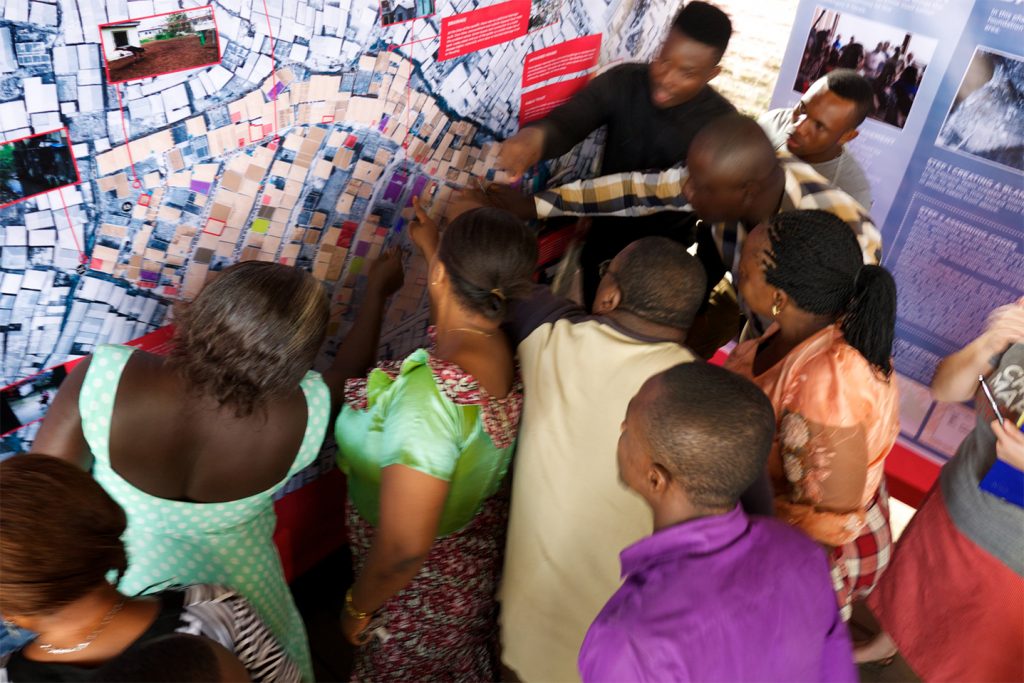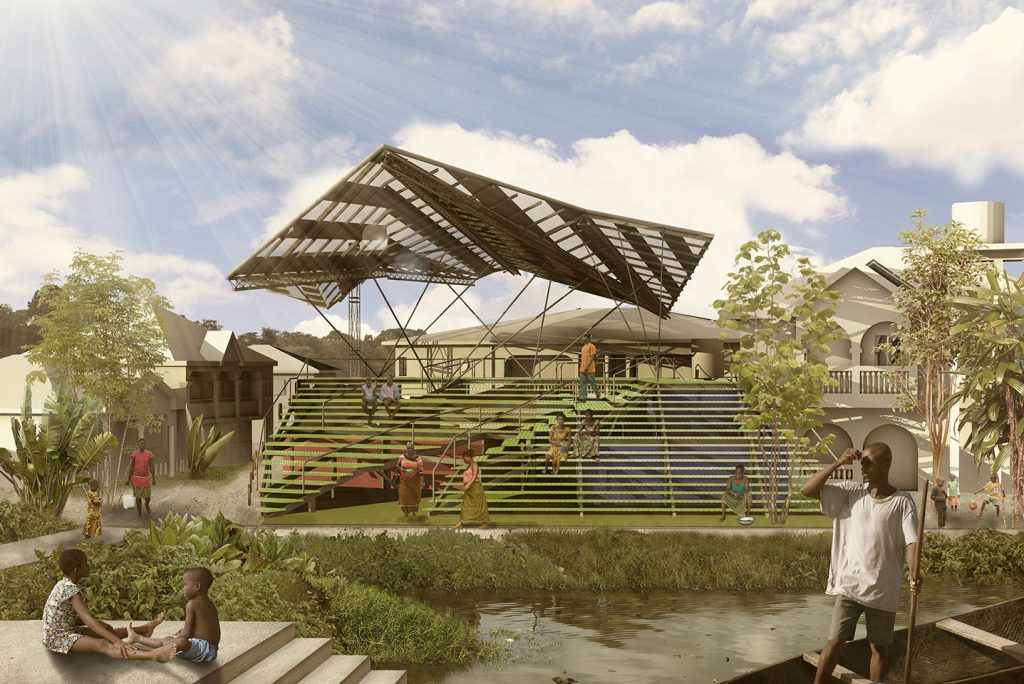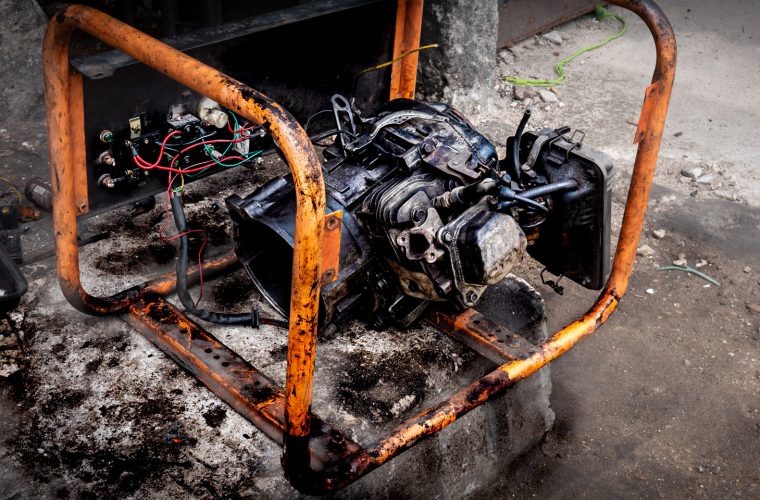Chicoco Space: Building Together
We came together because our government was pulling things apart. As our communities were being bulldozed with impunity, we imagined building.
The most urgent task then was to halt the wave of forced evictions and mass demolitions. Up to 19,000 people lost their homes in a single weekend. We took to the streets to make ourselves seen and heard. We took our government to court, an international court, to demand justice. And we won. But we didn’t just want to keep the bulldozers from our door. We wanted to transform our communities.
We’ve built our skills. We’ve built our understanding of the forces that shape our neighbourhoods. We’ve built our voices. We’ve even built our Shed: a recording studio and exhibition space; our town hall. We’ve made music and programmes and maps and plans. Now we want to build buildings and infrastructure, while growing our community media enterprise.
Through these days of social distancing, we need to devise ways to build together. We are starting with Chicoco Space.
We have a phased community development plan. Each phase involves all the elements that we want to realise at every level, from individual building through to city-scale, if we are to have a sustainable, just and creative urban future: renewable energy; sustainable sanitation and clean water; facilities for nutritional and cultural production and public space for popular participation.
The first phase of Chicoco Space is modest in the grand scheme of things, though still a massive challenge for us: a solar-powered community media and gathering space. It’ll be the most exciting building in Port Harcourt. We had previously developed a really wonderful design with our then-collaborator NLÉ, but it just wasn’t possible to make it stand up with anywhere near the limited resources we had available. Our new design is both bold and buildable. We’re working with the wonderful Venezulean architect, Alejandro Haiek, who heads Public Machinery. We’re using a combination of prefabricated elements and onsite construction.
Our challenge is to create a civic-scale space in a tight neighbourhood. Last time, we tried to go high and create space by floating things in the air. This would have involved very expensive foundations. So, this time, we plan to go low and wide and make the building itself a landscape that people can gather on as well as in. Chicoco Space is a delicious three-layer sandwich: a cluster of ground-level units connected by paths, like the narrow alleys of the neighbourhood we are building in, including the recording studios, canteen, multipurpose space and power plant, half of which are prefabricated; a skin, made of a composite polymer material, which is wrapped over these units creating a landscape of terraces, market spaces, shaded green areas to hang out in, community meeting places and a grandstand for the stage; and floating above all of this is a geometric roof in flight that gathers rainwater and sunlight.
We start with the ground-level units and power plant. Phase two is the roof. Finally, we’ll create the landscape between them. The plan is for this, eventually, to become the hub of a community service infrastructure system providing power, water and waste services to the neighbourhood. The building will be bordered by, and incorporate, an urban farm which will feed into its canteen and that, in turn, into its bio-waste system to produce more energy and fertiliser for the food production spaces. The hub will be owned, operated and managed by the community in partnership with Chicoco Collective. And the community media facility will amplify the story and spread the word.
If we can complete this plan in one neighbourhood, we can initiate similar developments in other communities. Then communities could network to achieve citywide transformations. We want to start small. And stay small. Sometimes the route to scale is not doing one big thing, but lots of small things in concert. Chicoco Space will be a catalyst and, we hope, the first node in an expanding network of neighbourhood-managed sustainable services. And we hope that this will encourage more inclusive and effective urban governance at a local level.
With Chicoco Space, we are not just designing a building, we are building a movement.







